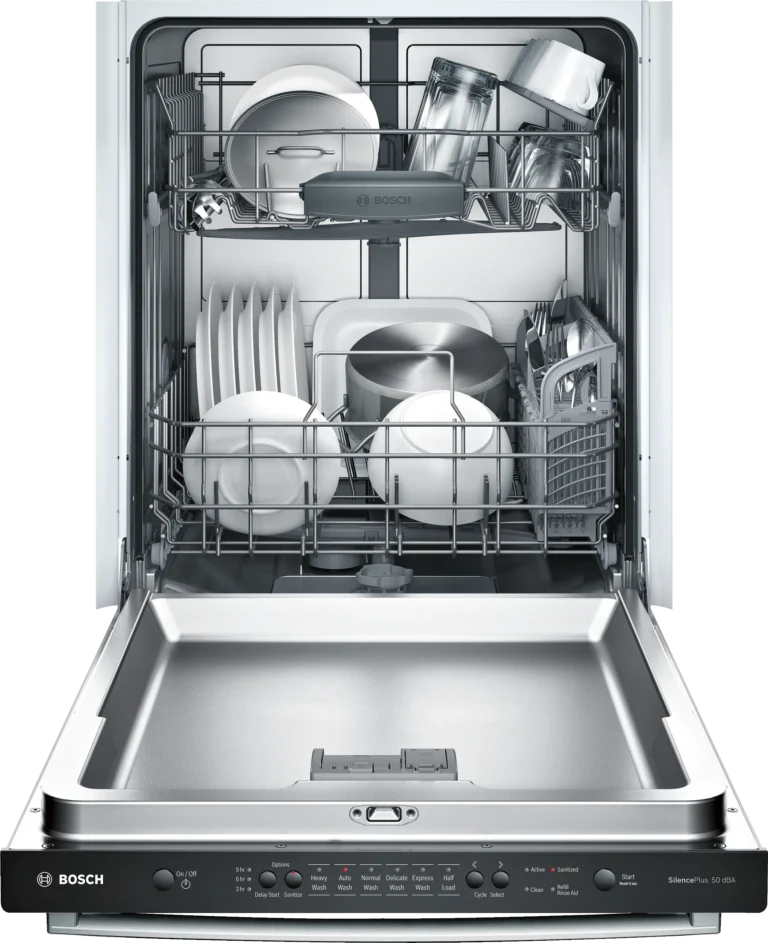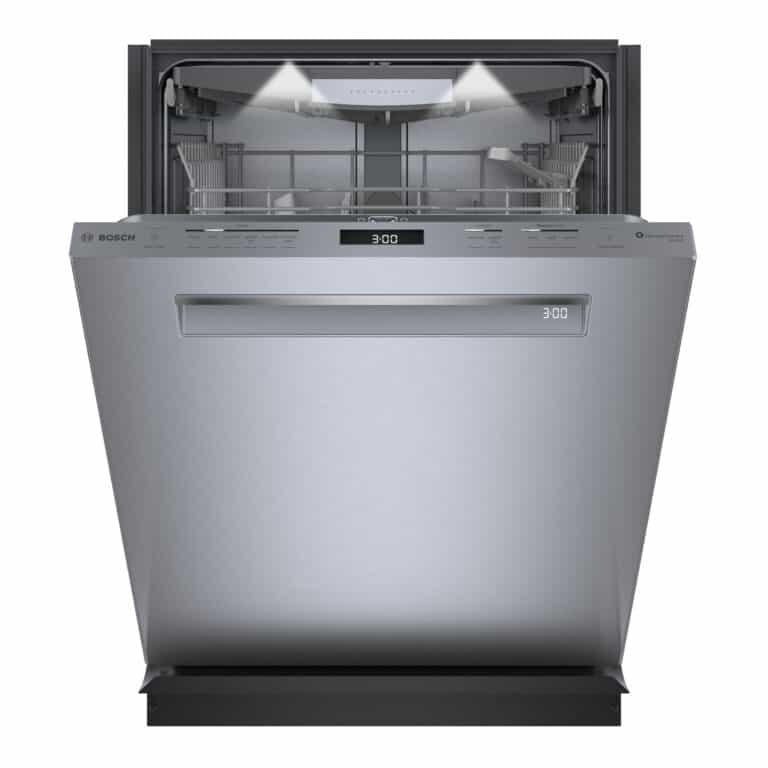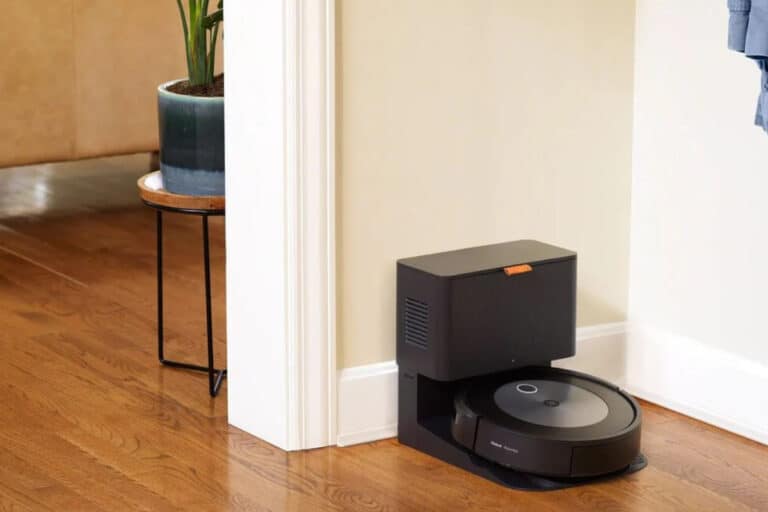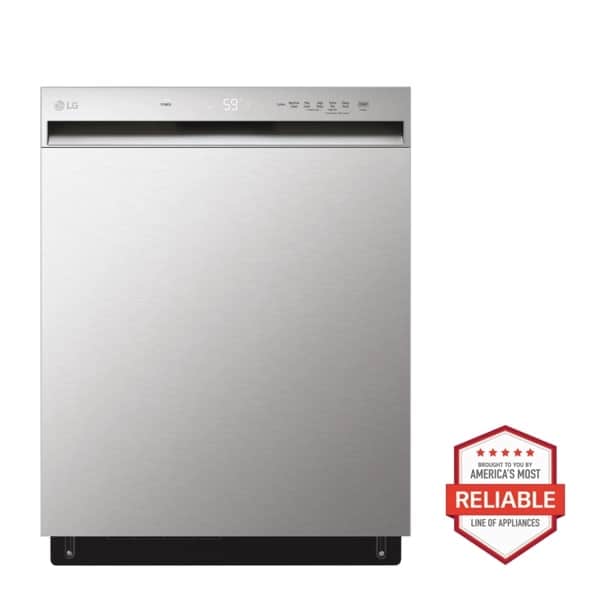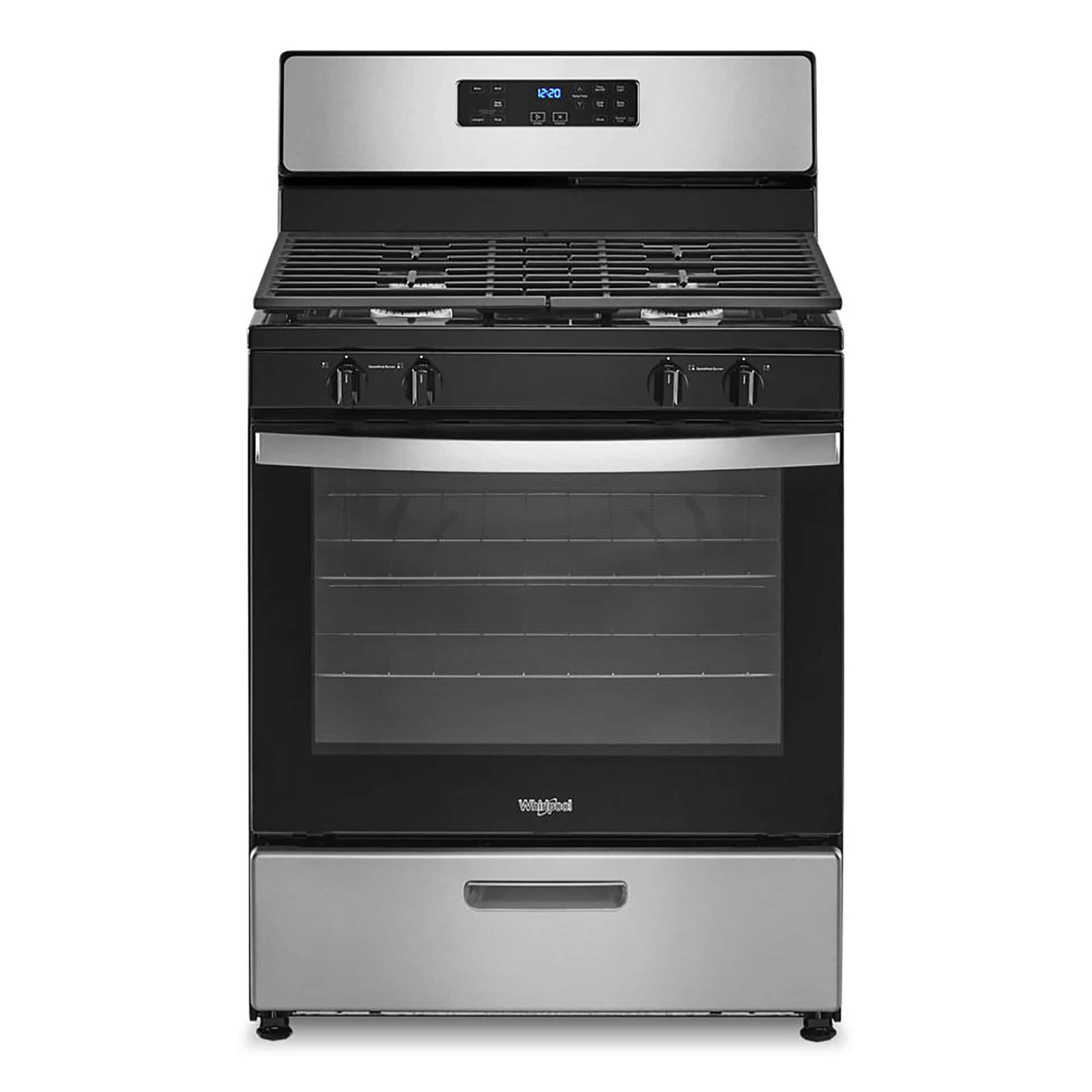
Gas and induction stoves offer different cooking experiences and costs. The choice between these kitchen appliances impacts both upfront expenses and monthly energy bills. Induction cooktops generally have higher purchase prices but lower operating costs compared to gas cooktops.
Gas stoves typically cost $300 to $1,500, while induction models start around $1,000. This price difference can be significant for budget-conscious consumers. However, the long-term energy costs favor induction cooking.
Induction cooktops use electricity more efficiently than gas stoves. They heat pots and pans directly, reducing energy waste. This efficiency translates to lower monthly utility bills for induction users, despite potentially higher electricity rates compared to natural gas prices.

Gas vs. Induction Stoves: A Cost Comparison
When it’s time to upgrade your kitchen, choosing between a gas and an induction stove is a major decision. Both have their pros and cons, and cost is a significant factor to consider. Here’s a breakdown of the cost comparison between gas and induction stoves:
Upfront Costs
- Purchase Price:
- Gas Stoves: Generally, gas stoves have a lower purchase price than induction stoves. You can find basic models for around $500, while higher-end models with more features can cost up to $2,000 or more.
- Induction Stoves: Induction stoves typically have a higher upfront cost, starting around $1,000 and going up to $3,000 or more for premium models with advanced features.
- Installation Costs:
- Gas Stoves: If you already have a gas line in your kitchen, installation costs will be minimal, mainly involving connecting the stove to the existing line. However, if you need to install a new gas line, the cost can significantly increase, potentially adding $500 to $1,500 or more to the overall expense.
- Induction Stoves: Induction stoves require a dedicated electrical circuit, and if your kitchen doesn’t have one, you’ll need an electrician to install it. This can add a few hundred dollars to the installation cost.

Operating Costs
- Energy Efficiency:
- Gas Stoves: Gas stoves are generally less energy-efficient than induction stoves. They lose a significant amount of heat to the surrounding air, resulting in higher energy consumption.
- Induction Stoves: Induction stoves are highly energy-efficient. They heat the cookware directly through magnetic induction, minimizing heat loss and reducing energy consumption.
- Fuel Costs:
- Gas Stoves: The cost of natural gas varies depending on your location and current market prices. You’ll need to factor in your local gas rates to estimate the ongoing fuel costs.
- Induction Stoves: Induction stoves run on electricity, so your operating costs will depend on your local electricity rates.
Maintenance Costs
- Gas Stoves: Gas stoves typically have lower maintenance costs. They have fewer complex parts, and occasional cleaning of the burners and grates is usually sufficient.
- Induction Stoves: Induction stoves may have slightly higher maintenance costs due to the electronic components. However, they are generally reliable and require minimal repairs.
Long-Term Costs
- Resale Value:
- Gas Stoves: Gas stoves are still widely popular and can add value to your home, especially in areas where gas is readily available and preferred for cooking.
- Induction Stoves: Induction stoves are becoming increasingly popular due to their energy efficiency and modern features. They can be a desirable feature for potential homebuyers, potentially increasing your home’s resale value.
Cost Comparison Table
| Feature | Gas Stove | Induction Stove |
|---|---|---|
| Purchase Price | Lower | Higher |
| Installation | Lower (if gas line exists) | Moderate |
| Energy Efficiency | Lower | Higher |
| Fuel Costs | Dependent on natural gas rates | Dependent on electricity rates |
| Maintenance | Lower | Moderate |
| Resale Value | Can add value | Potentially increases value |
| Cookware | Works with most cookware | Requires magnetic cookware |
| Cooking Speed | Moderate | Fastest heating time |
| Safety | Open flame; potential gas leak risk | No open flame; safer |
| Cleaning | Can be more challenging with grates and burners | Easier to clean with a smooth cooktop surface |
Ultimately, the cost-effectiveness of gas vs. induction stoves depends on your individual circumstances, cooking habits, and local utility rates. Consider your budget, cooking preferences, and long-term needs when making your decision.
Key Takeaways
- Induction cooktops have higher upfront costs but lower monthly energy expenses
- Gas stoves are cheaper to purchase but costlier to operate over time
- Energy efficiency and local utility rates influence the overall cost comparison
Comparing Energy Efficiency and Cost
Gas and induction stoves differ significantly in their energy efficiency and monthly operating costs. These factors play a crucial role in deciding which option is more economical for homeowners.
Energy Consumption of Gas vs Induction
Induction cooktops are generally more energy-efficient than gas stoves. They use electromagnetic coils to transfer heat directly to the cookware, minimizing energy loss. This process results in about 74% efficiency in converting energy to heat.
Gas stoves, on the other hand, lose more heat to the surrounding air. Their efficiency typically ranges from 30% to 40%. This lower efficiency means more energy is wasted during cooking.
Induction cooktops also cool down faster when turned off, reducing residual heat loss. Gas stoves continue to release heat even after the flame is extinguished, leading to additional energy waste.
Monthly Cost Analysis
The monthly cost of operating gas and induction stoves varies based on local energy prices and usage patterns. Induction cooktops generally have lower operating costs due to their higher efficiency.
Gas stoves may have lower upfront costs, with prices ranging from $700 to $1,500. Induction cooktops are pricier, typically costing between $1,000 and $1,750.
Despite higher initial costs, induction cooktops can lead to long-term savings. Their superior efficiency can reduce energy bills by up to 10% compared to electric ranges and even more compared to gas stoves.
Maintenance costs should also be considered. Gas stoves often require simpler repairs, while induction cooktop fixes can be more expensive due to their complex electrical components.
Safety and Convenience Features
Gas and induction stoves have different safety profiles and maintenance requirements. These factors can significantly impact user experience and household safety.
Risk Factors and Safety Concerns
Gas stoves pose several safety risks. They use an open flame, which can cause burns or start fires if not properly managed. Gas leaks are a serious concern, potentially leading to explosions or carbon monoxide poisoning. Proper ventilation is crucial when using gas stoves to prevent harmful gas buildup.
Induction stoves are generally safer. They don’t use an open flame or produce carbon monoxide. The cooktop surface stays relatively cool, reducing burn risks. However, they can interfere with pacemakers, so users with these devices should consult their doctors.
Both types of stoves can cause burns from hot cookware. Users should always exercise caution when cooking.
Ease of Cleaning and Maintenance
Induction cooktops are typically easier to clean. Their flat, smooth surface can be wiped down quickly with a damp cloth. Spills don’t burn onto the surface, making cleanup simpler.
Gas stoves require more effort to clean. Burner grates and caps need regular removal and scrubbing. Food can fall into burner holes, requiring careful cleaning to prevent clogs.
Induction stoves have fewer parts that can break or wear out. Gas stoves may need periodic burner or ignition system repairs. Both types should be inspected regularly to ensure safe operation.
Regular cleaning and maintenance of either stove type helps ensure optimal performance and longevity.
Installation and Maintenance
Gas and induction cooktops have different installation requirements and maintenance needs. These factors can impact long-term costs and convenience for homeowners.
Initial Installation Requirements
Gas cooktops need a natural gas or propane connection. This often requires professional installation, which can cost $1000 or more if a gas line isn’t already present. Proper ventilation is crucial for gas stoves to remove combustion byproducts.
Induction cooktops typically plug into a standard 240-volt outlet. Some homes may need electrical upgrades, costing around $300. No special ventilation is required, though a range hood is still recommended for cooking odors.
Both types usually need a 30-inch cutout in the countertop. Professional installation is advisable to ensure safety and proper fit.
Ongoing Maintenance and Durability
Gas cooktops have more parts that can wear out or malfunction. Burners, igniters, and gas valves may need occasional replacement. Regular cleaning of grates and burner caps is necessary to prevent food buildup and ensure even heating.
Induction cooktops have fewer moving parts, potentially increasing their lifespan. The smooth glass surface is easy to wipe clean. However, repairs can be costly if electronic components fail.
Both types can last 10-15 years with proper care. Induction cooktops may have a slight edge in durability due to their simpler design.
Regular maintenance for both includes:
- Wiping spills promptly
- Checking for loose connections
- Following manufacturer cleaning guidelines
Induction cooktops require compatible cookware, which may add to initial costs but doesn’t affect ongoing maintenance.
Performance and Cooking Experience
Gas and induction stoves offer distinct cooking experiences. Their differences in temperature control, heat distribution, cookware compatibility, and cooking techniques impact how chefs and home cooks prepare meals.
Temperature Control and Heat Distribution
Induction cooktops provide precise temperature control. They use electromagnetic fields to heat cookware directly, allowing for rapid changes in heat levels. This technology enables consistent temperatures across the cooking surface.
Gas stoves offer visual feedback with flame intensity. Chefs can adjust heat quickly by changing the flame size. However, gas burners may create hot spots, leading to uneven cooking.
Induction cooktops heat up faster than gas stoves. They transfer about 90% of their energy to the cookware, compared to 40-50% for gas stoves. This efficiency results in quicker cooking times and less wasted heat in the kitchen.
Cookware Compatibility and Material Choices
Induction cooking requires magnetic cookware. Suitable materials include:
- Cast iron
- Stainless steel (with magnetic base)
- Some aluminum and copper pans with induction-compatible bottoms
Gas stoves work with all types of cookware. This versatility allows cooks to use a wide range of pots and pans, including:
- Non-magnetic stainless steel
- Copper
- Aluminum
- Glass
Professional chefs often prefer gas stoves for their compatibility with various cookware materials. However, induction cooktops are gaining popularity in professional kitchens due to their precision and efficiency.
Cooking Style and Techniques Adaptation
Gas stoves excel in techniques requiring visual flame control. They are ideal for:
- Wok cooking
- Char-grilling
- Flambéing
Induction cooktops offer advantages for:
- Slow simmering
- Melting chocolate
- Preparing delicate sauces
Cooks may need to adjust their techniques when switching between gas and induction. Induction cooking often requires lower temperature settings due to its efficiency. Gas cooking might need more attention to prevent hot spots and ensure even heating.
Both types of stoves can produce excellent results. The choice often depends on personal preference, cooking style, and the types of dishes prepared most frequently.
Frequently Asked Questions
Gas and induction stoves have different operating costs and energy consumption patterns. These factors impact monthly expenses and long-term financial implications for homeowners.
What are the comparative monthly operating costs of gas and induction stoves?
Induction stoves typically have lower monthly operating costs than gas stoves. The exact difference varies based on local energy prices and usage patterns. On average, induction stoves use 10-15% less energy than gas stoves, resulting in lower utility bills.
How can I calculate the difference in cost between using an induction stove and a gas stove?
To calculate the cost difference, compare the energy consumption of each appliance. Multiply the kilowatt-hours used by an induction stove by your electricity rate. For gas stoves, convert therms to kilowatt-hours and multiply by your gas rate. The difference between these figures shows the monthly cost variance.
What factors contribute to the cost efficiency of induction stoves versus gas stoves?
Induction stoves are more energy-efficient, converting 90% of energy into heat. Gas stoves are less efficient, with only 40-55% of energy becoming usable heat. Induction stoves also cool down faster, reducing wasted energy. These factors contribute to lower operating costs for induction stoves.
Is there a significant difference in the cost of converting from a gas stove to an induction stove?
Converting from gas to induction can involve substantial upfront costs. These may include purchasing a new induction stove, upgrading electrical systems, and buying induction-compatible cookware. The initial investment can range from $1,000 to $3,000 or more, depending on the specific requirements and chosen appliances.
What are the long-term cost implications of using an induction stove compared to a gas stove?
Induction stoves offer long-term savings through lower energy consumption and reduced utility bills. They also have fewer maintenance requirements, potentially lowering repair costs over time. The higher initial investment in an induction stove can be offset by these ongoing savings within a few years of use.
How does the energy consumption between induction and gas stoves translate into monthly expenses?
Induction stoves consume less energy, leading to lower monthly expenses. A typical induction stove uses about 2.8 kWh of electricity per hour of cooking. Gas stoves use approximately 5,000 BTUs per hour, equivalent to 1.5 kWh. This difference in energy consumption translates to measurable savings on monthly utility bills.



